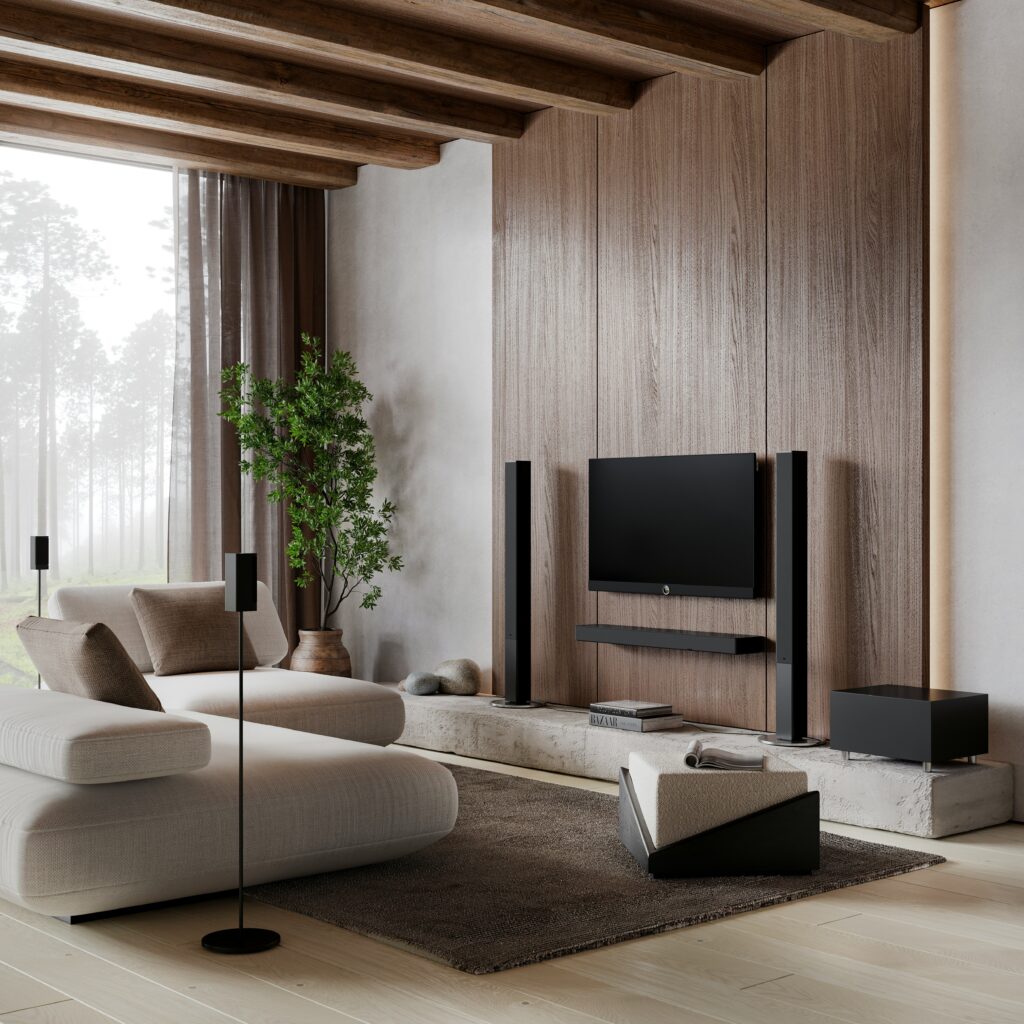By Mercedes Quintanilla.
After investigating the dimensions of biophilic design, it is important to know the 70 attributes that in turn are organized into the 6 elements previously exposed in the article “Dimensions and elements of biophilic design”, these are arranged as follows:
1. Environmental Features: Involves the use of relatively well-recognized features of the natural world in the built environment.
12 attributes are recognized:

1. Colour.
2. Water.
3. Air.
4. Sunlight.
5. Plants.
6. Animals.
7. Natural materials.
8. Views.
9. Green facades.
10. Geology and landscaping.
11. Habitat and ecosystems.
12. Fire.
2. Natural forms and figures: These elements includes representation and simulations of the natural world, on the facades and among the interiors.
11 attributes are recognized.

1. Botanical motifs.
2. Support trees and columns.
3. Animal motifs.
4. Shells and spirals.
5. Egg, ovals and tubular shapes.
6. Arches, vaults and domes.
7. Forms that resist right angles.
8. Simulation of natural features.
9. Biomorphy.
10. Geomorphology.
11. Biomimicry.
3. Natural patterns and processes: These elements emphasize the incorporation of properties found in nature into the built environment, rather than the representation or simulation of shapes and figures in the environment.
14 patterns are recognized.
1. Sensory variability.
2. Richness of information.
3. Change in patina from time and age.
4. Growth and efphorescence.
5. Center focal point.
6. Stamped wholes.
7. Delimited spaces.
8. Transition spaces.
9. Series and linked chains.
10. Integration of partial wholes.
11. Complementary contrasts.
12. Dynamic balance and tension.
13. Fractals.
14. Hierarchies, organized proportions and scale.
4. Light and space: 12 attributes are recognized, seven focus on the quality of light and five on the spatial relationship.
1. Daylight.
2. Filtered and diffused light.
3. Light and shadow.
4. Reflected light.
5. Grouped light.
6. Warm light.
7. Light as form and figure.
8. Amplitude.
9. Spatial variability.
10. Space as form and figure.
11. Spatial harmony.
12. Internal and external spaces.

5. Place-Based Relationships: These elements refer to the excellent relationship of culture and ecology in a geographic context. People’s connection to place reflects the inherent need to establish territorial control.
11 attributes are recognized.
1. Geographical connection to the place.
2. Historical connection to place.
3. Ecological connection to the place.
4. Cultural connection to the place.
5. Indigenous material.
6. Landscaping oriented.
7. Characteristics of landscaping that define the way of building.
8. Ecology of landscaping.
9. Integration of culture and ecology.
10. Spirit of place.
11. Avoiding the inauthenticity of the place.
6. Evolved Human-Nature Relationships: These attributes focus on functional aspects of the inherent human relationship with nature. 12 attributes are recognized:
1. Perspective and refuge.
2. Order and complexity.
3. Curiosity and temptation.
4. Change and metamorphosis.
5. Security and protection.
6. Mastery and control.
7. Affection and attachment.
8. Attraction and beauty.
9. Exploration and discovery.
10. Information and cognition.
11. Fear and amazement.
12. Reverence and spirituality.

The entire design of a built environment, including biophilia’s desire to harmonize with nature, is intended to celebrate the integrity and usefulness of the natural world. With humility and understanding, biophilic design can enrich both nature and humanity.
References.
✓ Kellert, S. and Calabrese, E. 2015. The Practice of Biophilic Design. www.biophilic-design.com Stephen
✓ R. Kellert, J. H. (2008). Biophilic Design: The Theory, Science and Practice of Bringing Buildings to Life. Hoboken, NJ: Wiley.

Read the Comments +